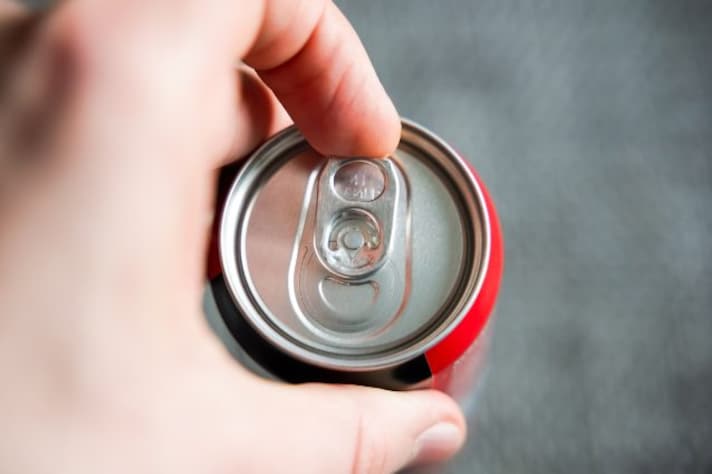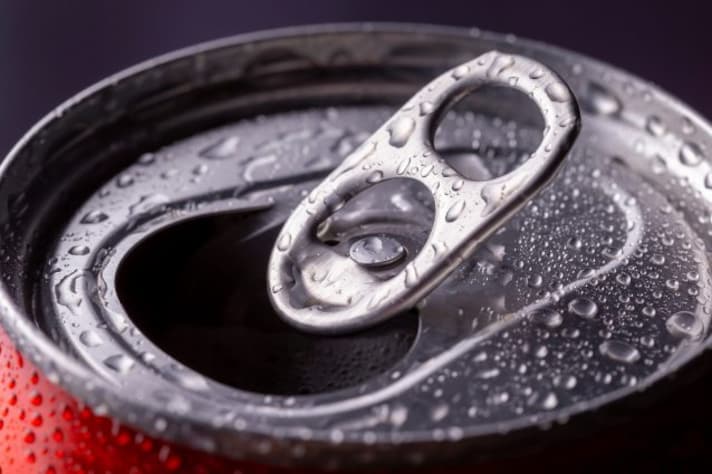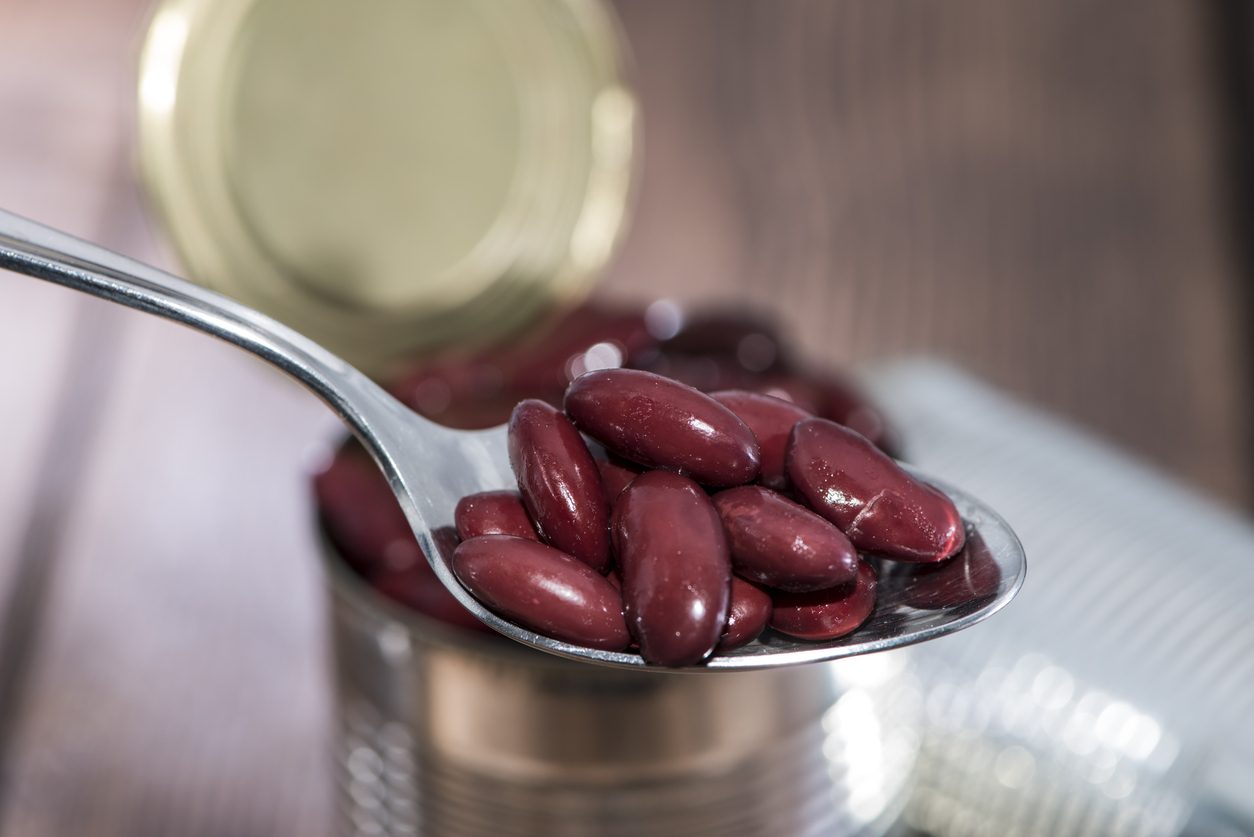Why Are Soda Cans Beveled on The Bottom? The Curious Mystery Explained!
Soda cans have a concave bottom for more than just style. The inward curve helps handle internal pressure from carbonation, prevents cans from bulging, and makes them stackable for easy storage and transport. Plus, it doubles as a clever trick to open another can, as shown on TikTok.

There’s rarely anything more satisfying than popping open a soda can and taking that first, fizzy, refreshing sip of your carbonated beverage of choice—whether it’s Coke, Fanta, Sprite, or some obscure flavor only you seem to like. Soda cans are tiny marvels of engineering with hidden secrets waiting to be cracked open. You may already know about the clever double-duty of their tabs, but here’s another curious feature you’ve probably noticed: the bottom of every soda can is concave. These indented bases aren’t just there to make the cans look sleek and stylish—they’re a design choice that serves multiple ingenious purposes. Let’s get to the bottom of this mystery, shall we?
A Curve That Can Handle It
Ever felt the tension of a soda can ready to burst if shaken too hard? That fizzy pressure isn’t just part of the fun; it’s a critical factor in the can’s structural integrity. Enter the concave bottom, a feature that’s all about managing internal pressure like a champ. Carbonated beverages are filled with gas—literally—and that creates a lot of internal force pushing outward. Without the inward curve at the base, soda cans would be more prone to bulging or even bursting under pressure. Engineers figured this out as early as the mid-20th century, when aluminum cans began replacing heavier steel ones. This design breakthrough allowed cans to handle the bubbling chaos inside without losing their cool (or their contents). It’s proof that sometimes, a little curve can go a long way toward keeping things under control.

The Pyramid of Soda Possibilities
Ever wondered why your fridge can be stacked with cans without resembling a game of Jenga gone wrong? The concave base plays a starring role here, too. The indented bottoms fit neatly over the rounded tops of other cans, creating a snug fit that’s ideal for storage and transportation. This stacking ability isn’t just a happy accident; it was intentionally designed to maximize efficiency in warehouses and your fridge alike. The feature became essential as soda consumption skyrocketed in the 1960s, and companies needed a way to move more cans with fewer mishaps. Thanks to the concave bottom, soda cans can be stacked tall without tipping over, making them as stable as your caffeine-fueled focus on a Monday morning.

The Can-Opener You Didn’t See Coming
Leave it to TikTok to reveal yet another soda can secret. According to content creator Jordan Thee Stallion, the concave bottom isn’t just about science or storage—it’s also a party trick waiting to happen. That curved base can act as a makeshift tool to pop open another soda can, making it the MVP of impromptu bottle (or can) battles. While this hack wasn’t part of the original design specs when soda companies started rolling out aluminum cans in the 1960s, it’s a handy example of form meeting unexpected function. Sure, it’s not officially endorsed by beverage engineers, but it’s one way to make your soda-drinking experience even more entertaining.
;Resize,width=767;)
;Resize,width=712;)


